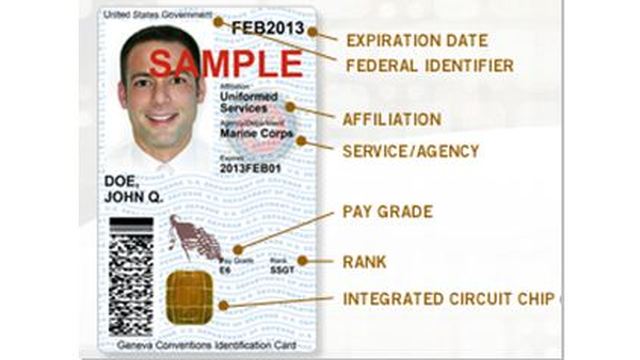 Contrary to the predictions of many security experts, who argue that cloud exploits, mobile device attacks and all-out cyber war will be among the most likely data breach threats governments and enterprises will face in 2013, researchers for the Verizon Data Breach Investigations Report (DBIR) have reached a far different conclusion.
Contrary to the predictions of many security experts, who argue that cloud exploits, mobile device attacks and all-out cyber war will be among the most likely data breach threats governments and enterprises will face in 2013, researchers for the Verizon Data Breach Investigations Report (DBIR) have reached a far different conclusion.
The most likely threats in 2013 will involve authentication attacks and failures, continued espionage and “hacktivism” attacks, Web application exploits and social engineering. Keep reading →
 The Defense Department has awarded a first of its kind joint enterprise licensing agreement for Microsoft collaboration, mobility, productivity and security tools. Valued at $617 million, the three-year agreement will allow the Army, Air Force and the Defense Information Systems Agency to begin using the latest versions of the company’s products.
The Defense Department has awarded a first of its kind joint enterprise licensing agreement for Microsoft collaboration, mobility, productivity and security tools. Valued at $617 million, the three-year agreement will allow the Army, Air Force and the Defense Information Systems Agency to begin using the latest versions of the company’s products.
 The
The  What seemed like a simple objective, to develop and issue a standardized, electronically-verifiable identification card for civilian agency personnel, continues to encounter a barrage of technical and cultural challenges at a time when identification has become a critical component in the government’s efforts to embrace mobile and remote computing.
What seemed like a simple objective, to develop and issue a standardized, electronically-verifiable identification card for civilian agency personnel, continues to encounter a barrage of technical and cultural challenges at a time when identification has become a critical component in the government’s efforts to embrace mobile and remote computing.
 The Department of Defense is taking a leadership role in leveraging mobile device technology to improve information sharing, collaboration and efficiencies. In a recent press release, Teri Takai, DoD’s chief information officer, said “As today’s DoD personnel become increasingly mobile, a wide variety of devices offer unprecedented opportunities to advance the operational effectiveness of the DoD
The Department of Defense is taking a leadership role in leveraging mobile device technology to improve information sharing, collaboration and efficiencies. In a recent press release, Teri Takai, DoD’s chief information officer, said “As today’s DoD personnel become increasingly mobile, a wide variety of devices offer unprecedented opportunities to advance the operational effectiveness of the DoD 
 The Defense Department is planning to accept a European-developed identification standard that will allow allied military personnel and contractors to access secure military networks under specific circumstances.
The Defense Department is planning to accept a European-developed identification standard that will allow allied military personnel and contractors to access secure military networks under specific circumstances. My perspective on the outlook for cyber initiatives is quite different heading into the New Year than in past years.
My perspective on the outlook for cyber initiatives is quite different heading into the New Year than in past years.